|
As technology has changed restaurant processes ranging from reservation taking to appliance monitoring, the process of managing inventory can seem analog in comparison, with many operators still relying on such quaint technology as the phone and fax machine when sourcing ingredients. But as Tech Crunch reports, the startup Choco is looking to change that by bringing the seamlessness of food delivery to ingredient ordering via a mobile ordering platform. Choco’s interface allows for operators to consult a list of ingredients that they can order with a tap – and to text suppliers as needed (though it appears operators would still need to separately manage ongoing ingredient changes before ordering). Choco reports that its platform is currently available in 15 cities in Europe and the U.S.
As your kitchen becomes increasingly connected to the Internet, it becomes a bigger target for cybercrime. At The Spoon’s recent Smart Kitchen Summit, panelists who participated in a segment called Hacking the Oven: Cybersecurity and the Connected Kitchen identified three key takeaways to consider as your business adopts new devices to increase efficiency. First, cybersecurity can’t be something you bolt on to your business; rather, it’s important to make it flow through your operation from the start and to have a culture that values it. Second, both manufacturers and end users play a role in securing devices: manufacturers need to build secure devices with easy-to-install updates, and users need to do their part to protect devices with secure passwords. Finally, security is an ongoing process that requires manufacturers (and users) to have a plan to address vulnerabilities as they arise. Panelists expect to see cybersecurity certification labels on appliances in the near future – much like Energy Star rating stickers – to help end users better identify companies with strong cybersecurity records.
The applications of artificial intelligence (AI) in restaurants still have many directions to go. As Restaurant Dive reports, while AI is already helping Chick-fil-A identify food safety problems, McDonald’s and Sonic fine-tune their drive-thrus and Chipotle take phone orders, Outback has identified yet another application of the technology. In an effort to improve its guest experience, Outback is testing an AI system that uses lobby cameras to record interactions between employees and guests, track wait times and identify when people leave without being greeted or seated. While the initial program focuses on employee-guest interactions in the lobby, it may expand to include the kitchen, curbside pickup and dining room. Data from the AI system is sent to managers in real time so they have an opportunity to resolve problems before a guest has an opportunity to leave a negative review.
Want to keep tabs on what’s next in tech? One strategy is to follow what’s happening at Domino’s, which in recent years has solidified its position as a savvy tech company that just happens to make pizza. In August, Domino’s opened its Innovation Garage, a facility at its headquarters dedicated to developing and testing new tech. The company recently shared news about three new innovations to expect in the coming months. As Nation’s Restaurant News reports, Domino’s will be expanding and fine tuning its GPS tracking system for pizzas, allowing customers to see on a map where their pizza is at a given time and managers to more effectively route drivers to those customers. It will also be rolling out the third iteration of its virtual ordering assistant, Dom, using conversational AI to take phone orders. Finally, the company is releasing Nuro, an unmanned, golf cart-sized delivery robot that sends a notification to a customer upon arrival, then releases the order when the customer enters an assigned code. Nuro, which incorporates lessons Domino’s learned from its past tests of self-driving vehicles, will be used in downtown Houston initially.
Looking for a new location for your brick-and-mortar restaurant or ghost kitchen? There was a time when operators would select real estate based on who lived in the area and what their spending habits were, but technology is changing the game. Clay Dover, the CEO of Velvet Taco, a 12-unit brand with restaurants in five U.S. cities, told attendees at the recent New York Restaurant Technology Summit that his company is using smartphone technology to pinpoint where consumers are spending their time during the day and late in the evening. That may well not be where they live.
The number of internet-enabled devices is expected to reach 75 billion by 2025, or more than triple the number of such devices in use by the end of 2018, according to the technology firm ITProPortal. A technology-driven restaurant owner can adopt internet-enabled devices to monitor and manage everything from the operation’s food waste to its energy use. While these devices promise significant cost savings and efficiencies, their access to your data creates new points of vulnerability. It is increasingly difficult to prevent security breaches as threats become more sophisticated and employees who aren’t adequately trained leave a business exposed to threats. To help manage such threats, the tech security firm ControlScan advises operators to use next-generation firewalls to limit entry points for malware, and to use a managed security service provider that can identify vulnerabilities in a network, investigate and report security breaches, and troubleshoot other network security problems. Whether you outsource your network security or not, being able to keep tabs on your network in those ways is becoming increasingly important as businesses across sectors find that it’s not a question of if a security event will occur, but when.
Your guests may well want you to compost your food waste – but what if you don’t have the local infrastructure in place to support it? Snooze, a regional breakfast, brunch and lunch brand, has made it a priority to use technology to make composting possible regardless of where its restaurants are located. Where composting isn’t available, Snooze equips its restaurants with biodigestors – mechanical stomachs that use bacteria to decompose food waste into water that can be washed down the drain, along with a small amount of material that can be used as an organic fertilizer, Restaurant Business reports. At the recent New York City Restaurant Technology Summit, Snooze CFO Bill Long spoke about the brand’s efforts, which also include identifying “green captains,” who are employees paid to spend between three and 10 hours each week educating coworkers about sustainability and how to promote it.
“When you look where 5G will end up taking us, it’s a whole other world for the retail and restaurant space.” That’s what Aaron Allen, founder and chief strategist at the global restaurant consultancy Aaron Allen & Associates, told Forbes recently. 5G, the next generation of mobile internet connectivity, promises such benefits of data upload and download speeds that are 10 to 20 times faster – speeds that could transform the technology capabilities of restaurants. AT&T sees the greatest potential for 5G in restaurants in three areas: It can significantly reduce latency (or, in other words, the time delay between when you take an action when using technology and when you receive a response), provide a boost to computing power across applications, and deliver sharp increases in speed (think of a file that currently take seven minutes to download taking just eight seconds). In practice, consider being able to use Internet of Things sensors to more efficiently track food waste in your kitchen, or to be alerted exactly when the local high school’s football game ends and you’re likely to get a post-game rush. 5G may help streamline how your POS system communicates with your third-party delivery vendors, or bring a higher level of content personalization to your menu boards, customer text messages or loyalty program promotions. These capabilities certainly exist today, but they work only as well as the network delivering them. The major internet service providers have been launching 5G in major cities throughout this year and will continue to spread the service – check with your provider for the launch timelines for your area.
|
Subscribe to our newsletterArchives
April 2024
Categories
All
|

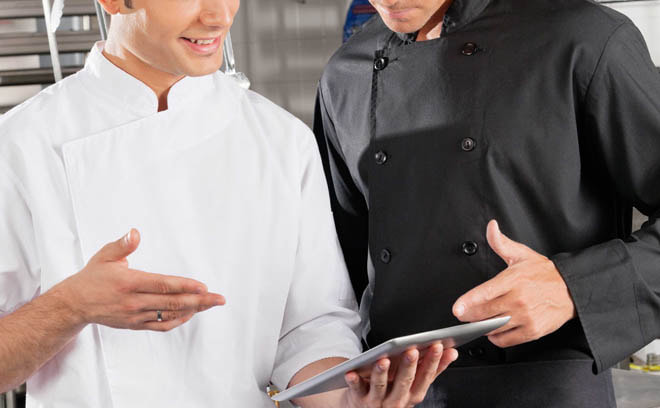

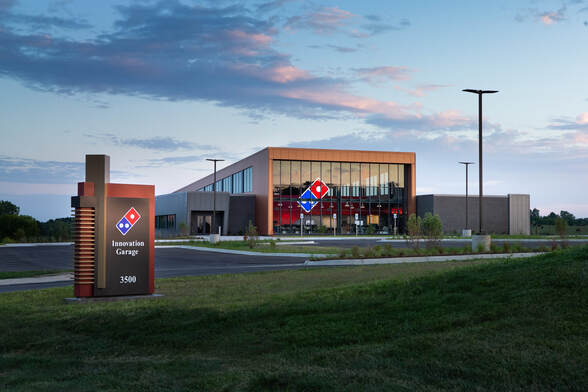

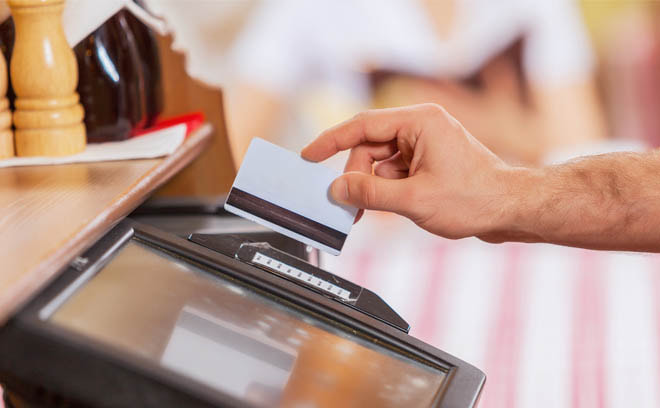

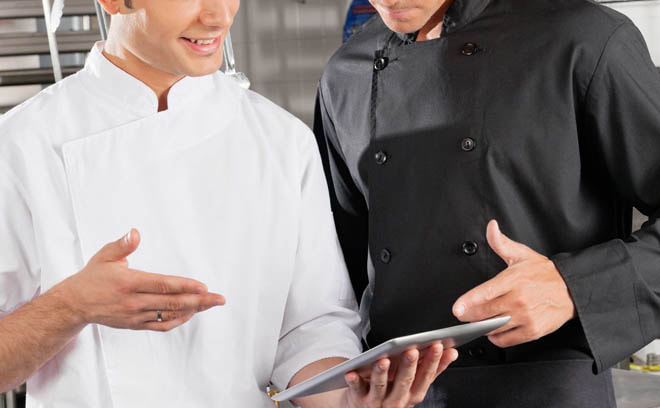


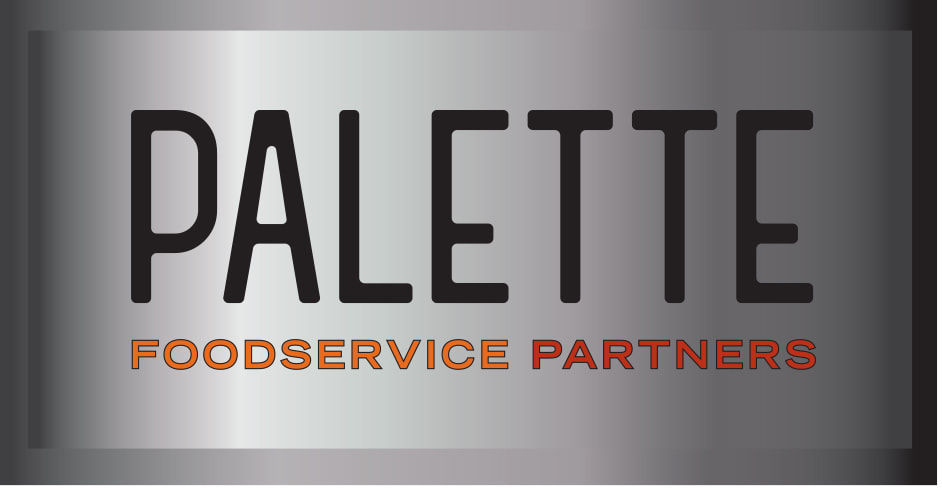
 RSS Feed
RSS Feed